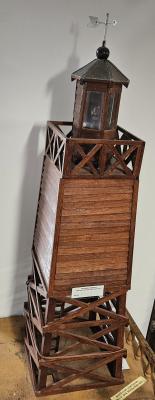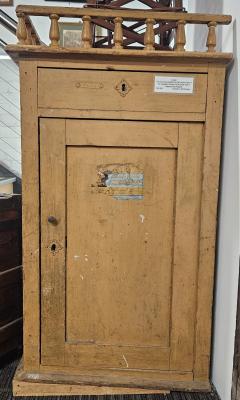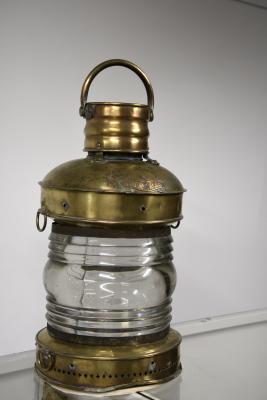Japanese Fishing Float
A hollow green glass sphere that is enclosed in hemp netting. The hemp netting is tied at the top by rope that ends in a loop that would have be attached to the fishing line.
The earliest evidence of glass floats being used by fishermen comes from Norway in 1844 where glass floats were on gill nets in the great cod fisheries in Lofoten. By the 1940s, glass had replaced wood or cork throughout much of Europe, Russia, North America, and Japan. Japan started using the glass floats as early as 1910. Today, most of the remaining glass floats originated in Japan because it had a large deep sea fishing industry which made extensive use of the floats. In Japanese, the floats are variably known as buoy balls or glass balls.
Details
Details
Glass floats were once used by fishermen in many parts of the world to keep their fishing nets, as well as longlines or droplines, afloat but have since been replaced by aluminum, plastic, or Styrofoam.
More items like this
Other items from Busselton Historical Society
Scan this QR code to open this page on your phone ->



